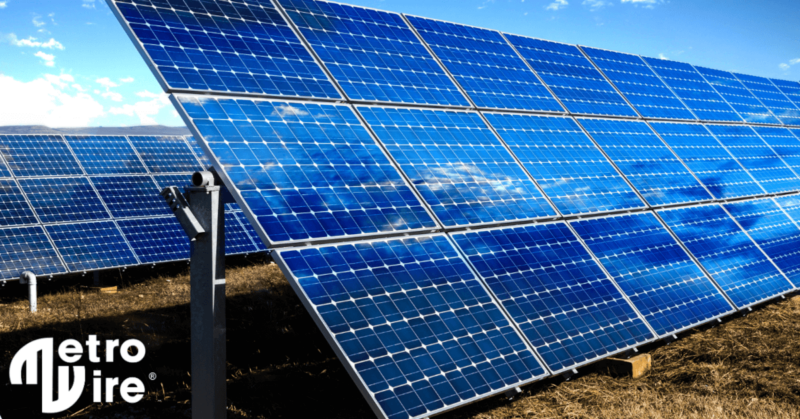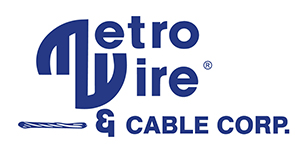
In the realm of renewable energy, solar photovoltaic (PV) systems stand out as champions of sustainability and innovation. While the photovoltaic modules serve as the heart of these systems, there’s a complex interplay of components that contribute to their functionality. Let’s explore the fundamental principles behind designing a solar PV system for your industrial, utility scale, or commercial needs.
The Foundation: Mounting Structures
A sturdy foundation is essential for the longevity and efficiency of PV arrays. Mounting structures provide the backbone, ensuring stability and resilience against the elements. In regions of the northern hemisphere, the optimal tilt angle and orientation are crucial for maximizing energy output. Rack mounting has emerged as a popular choice due to its reliability and ease of installation, but ongoing advancements in technology offer promising alternatives for even greater efficiency.
Chasing the Sun: Tracking Mechanisms
For ground-mounted PV arrays, tracking mechanisms offer a dynamic solution to optimize solar capture. By automatically adjusting panel angles to follow the sun’s path across the sky, these mechanisms enhance energy production. While one-axis trackers provide east-to-west movement, two-axis trackers maintain direct alignment with the sun throughout the day. Though initial costs and maintenance may be higher, the long-term benefits in energy yield make tracking mechanisms a compelling investment for larger-scale installations.
Integrating Sustainability: Building-Integrated PV
Innovations in solar technology have extended beyond traditional mounting structures to incorporate solar modules seamlessly into building materials. Building-Integrated PV (BIPV) systems merge sustainability with architectural design, offering a dual-purpose solution that enhances both aesthetics and energy efficiency. By leveraging existing building structures and reducing material redundancy, BIPV systems present a compelling case for sustainable construction practices.
Powering the Grid: Inverters
Inverters serve as the bridge between PV modules and the electrical grid, converting DC electricity into AC electricity for household and commercial use. Choosing the right inverters is crucial for maximizing energy efficiency and system reliability. Whether it’s a single inverter for residential applications or sophisticated multi-inverter setups for large-scale projects, careful consideration of inverter technology is essential for optimal performance.
Bringing It All Together: Wire and Cable
The essential component to bring energy to and from all of these various aspects is where Metro Wire & Cable Corp comes in! With a variety of different electrical wire and cable products to meet design specific specifications, Metro Wire offers both aluminum and copper construction PV, medium voltage, control, tray, instrumentation, and power cable. In addition to these products, we also offer a wide array of value added services to keep your projects on-task, on-budget, and simplified. Click below to learn more.
Conclusion
Designing a solar PV system requires a holistic understanding of its components and their interactions. By embracing advancements in mounting structures, tracking mechanisms, BIPV systems, inverters, and wire and cable, you can unlock the full potential of solar energy. Whether you’re looking for carbon reduction or to achieve energy independence, solar PV systems offer a sustainable and promising path towards a brighter future. Contact Metro Wire and Cable Corp today to learn more about these systems, and to review all of the renewable energy products Metro Wire and Cable offers, click here to learn more…
________________________________________
We have been asking the same question since 1976, what can we do to make your job easier? Take a look at each industry we serve to get an idea of what we can do for you and your organization: https://www.metrowire.net/industries/
Metro Wire specializes in working alongside public utilities, electrical contractors, wind-farm developers, commercial and industrial HVAC industries. We also specialize in working with traffic signal and airport lighting contractors, Original Equipment Manufacturers (OEM’s), and the security industry.
Check us out on social media:
